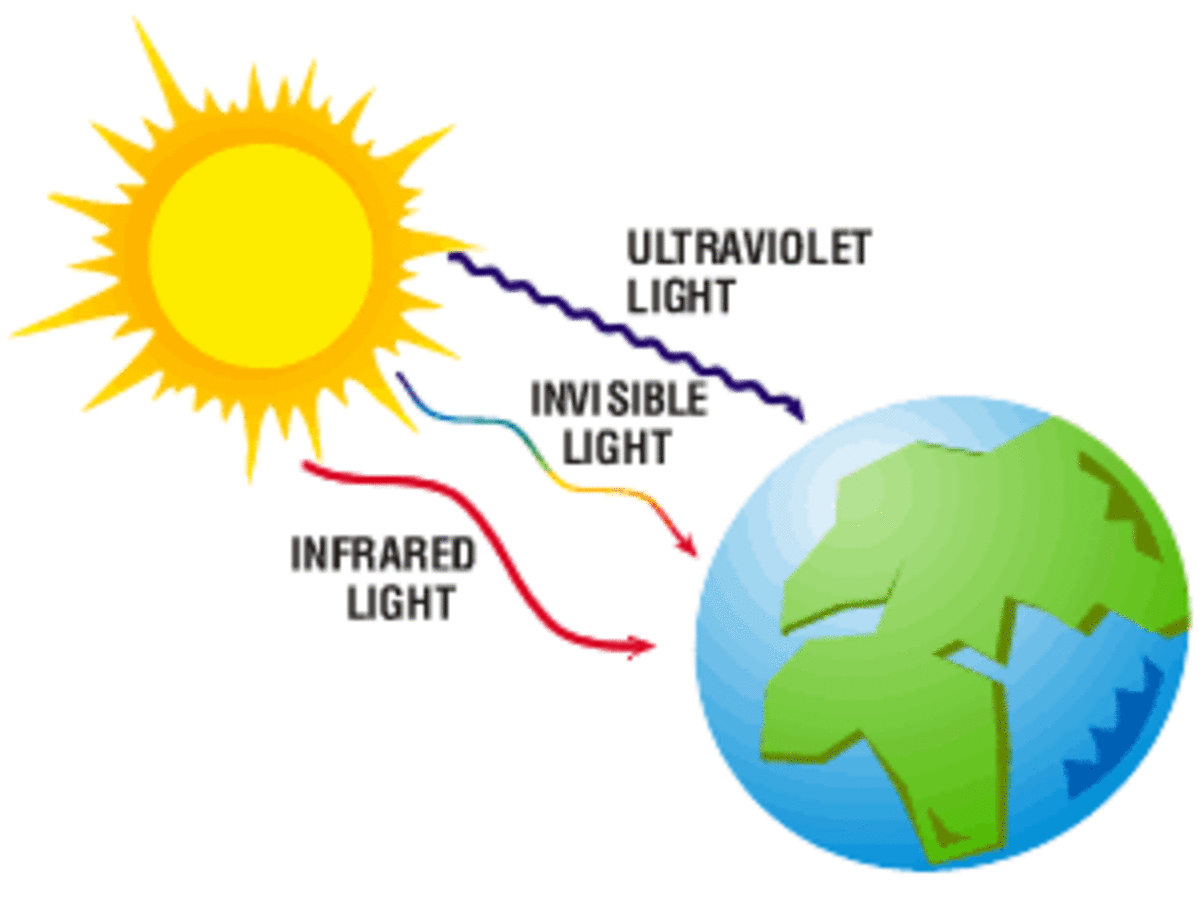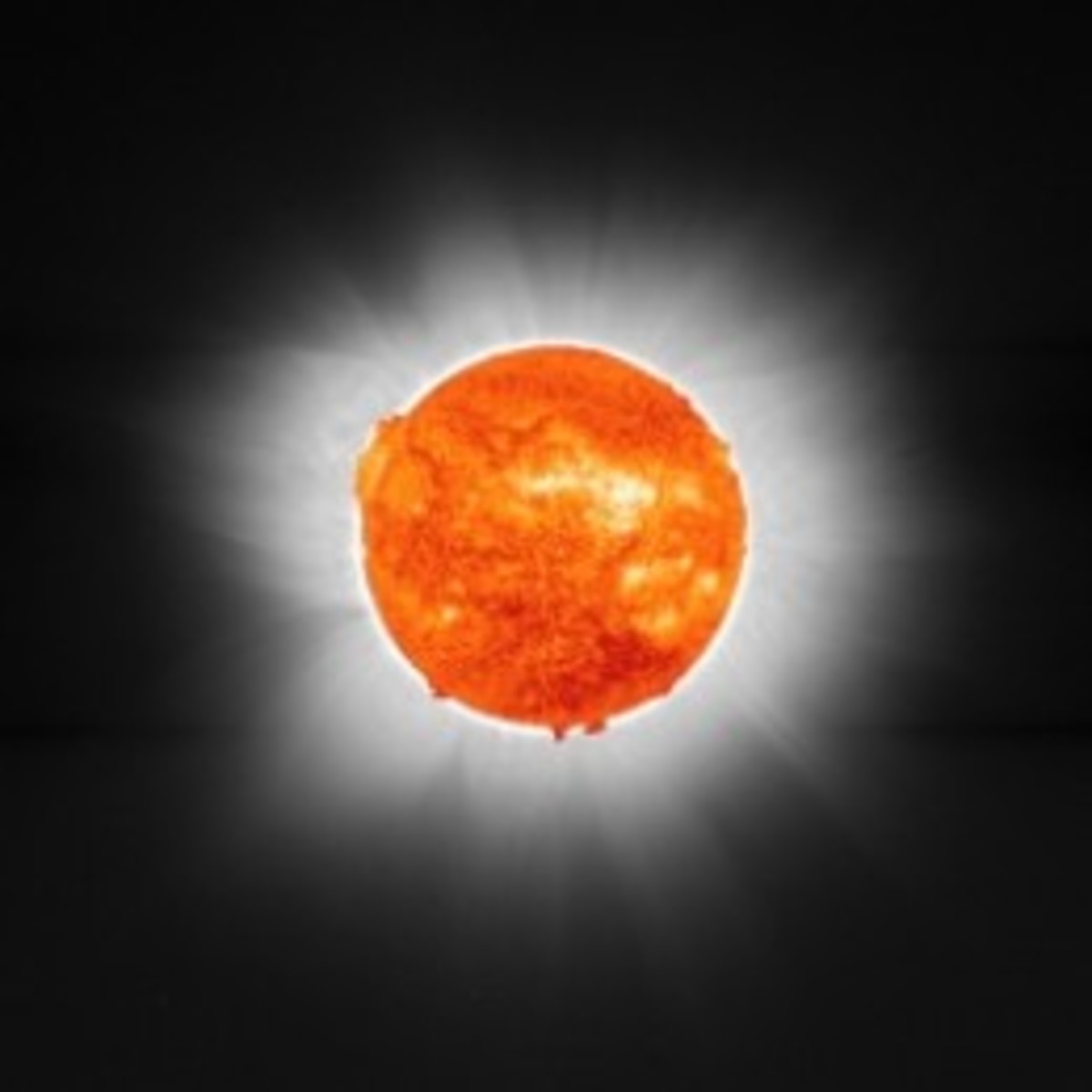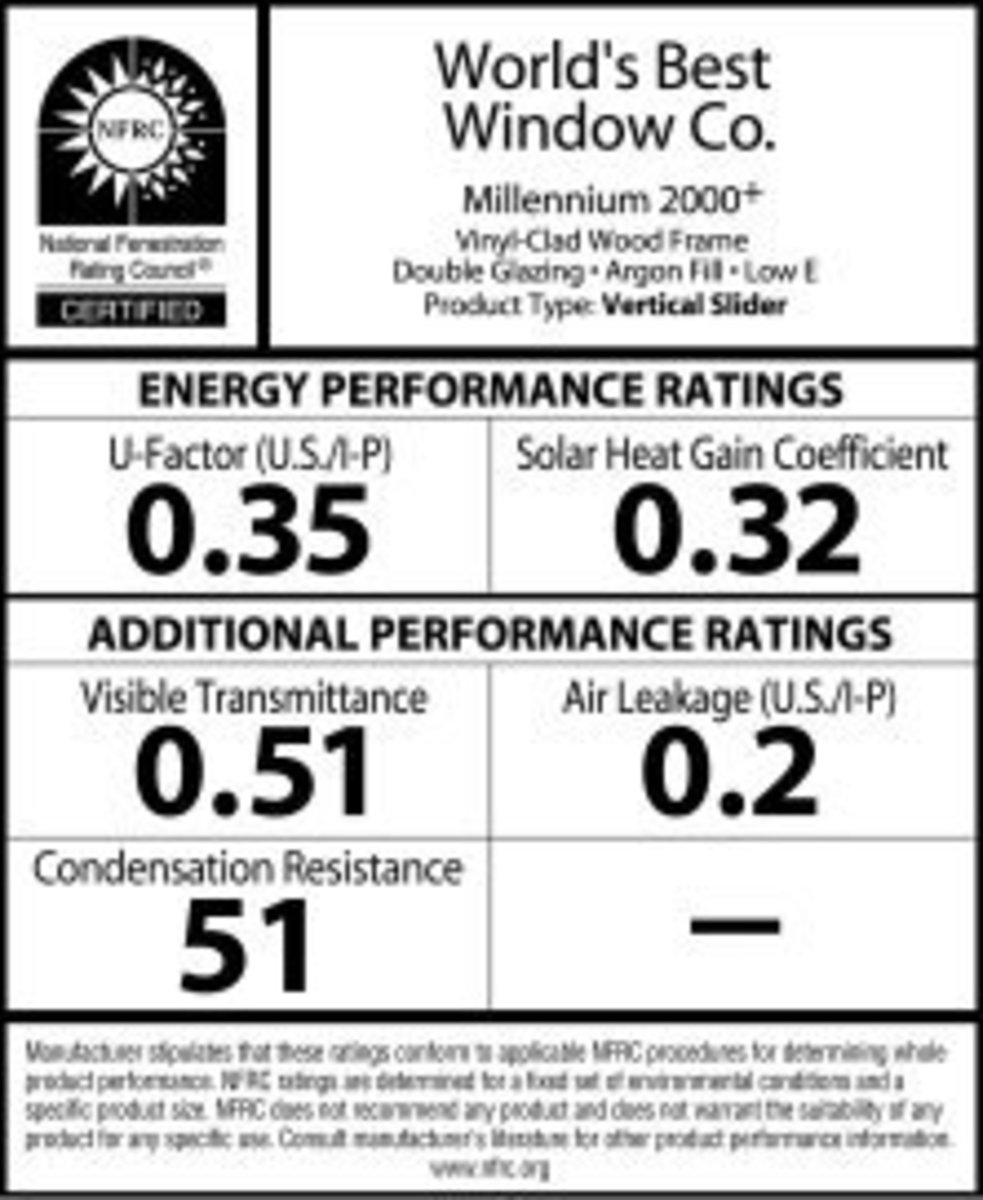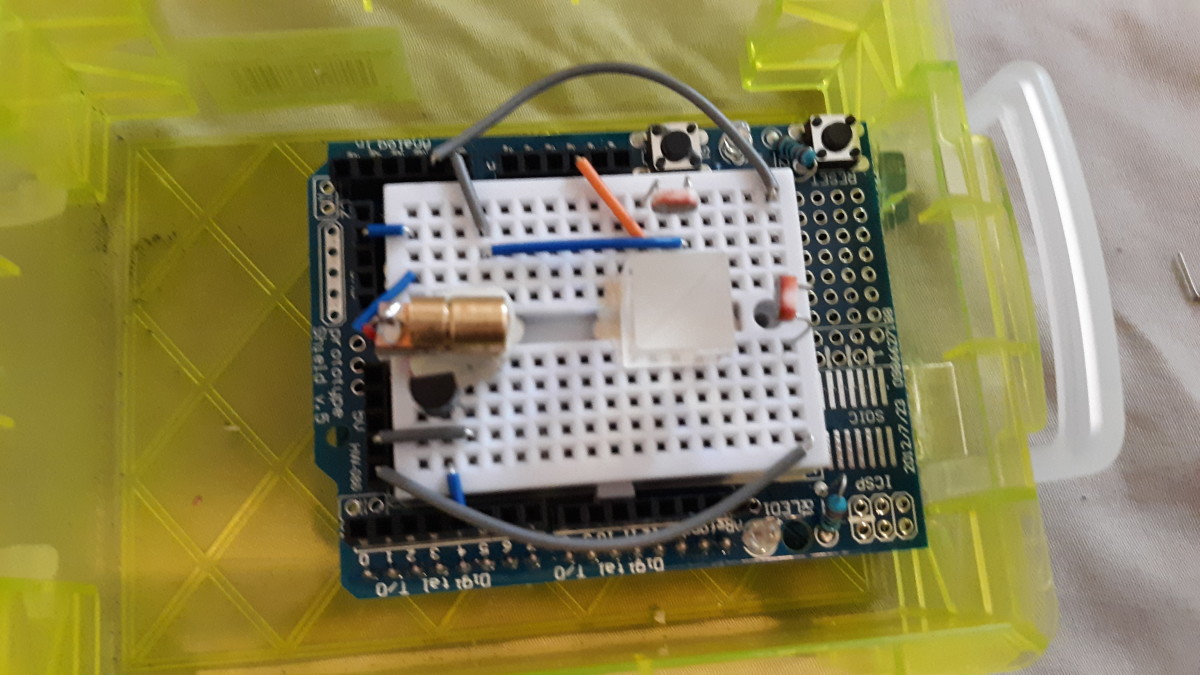Why Homeowners Should Understand Solar Power Basics

Educating yourself will save you from having to rely on the often exaggerated claims of salespeople and avoid the disappointment of things not working out as advertised. Knowledge is power, in your case; solar power!
Photovoltaics
The method of producing electric power from the sun’s radiation is called Photovoltaics. This is a term you will see and hear quite often when talking about solar power and panels, so it is good to remember it. Every contractor involved in installing solar power systems will claim their technology is the best, but you can judge for yourself by knowing a few of the basics. To understand how Photovoltaic power is produced from solar panels, you must first understand the nature of light.
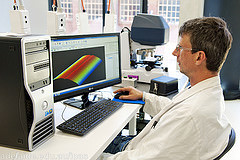
The Nature of Light
Photons and Oscillation
Don’t let the technical terms above intimidate you; they are just technical words for simple things. Photons are merely light particles that are produced by the sun. The sun produces trillions of photons every second by converting its mass into these light particles. Oscillation is the way the photons move. If you can imagine a bunch of snakes slithering speedily across a road of hot tarmac, you can picture the movement of photons. Just as the snakes slither, the movement propelling them forward, photons oscillate, only much faster. Photons never stop however, they are always moving at the speed of light. An important aspect of a photon in relation to solar power is its wavelength.
Wavelengths and Frequency
Picture a snake again as it slithers. You could say that the wavelength of s snake is the distance between two of the peaks formed by its slithering motion. The bigger the snake, the larger the wavelength it will have, and vice versa. Smaller snakes however will slither more quickly than larger snakes, so though they may have smaller wavelengths, they will have a greater frequency. These are words you will also encounter frequently in solar power literature and through dialogue with salespeople. Understanding how they relate to solar power and what you will end up spending gives you a huge advantage in the negotiation stage.
The reason that wavelengths are important in solar power systems is because various components in the system react differently to different wavelengths. For instance, infra-red radiation is more important in some solar applications, while visible radiation is more important in others. The sun produces more infra-red radiation than visible radiation, and each has a different wavelength. This is important information to know when selecting a solar power system. Having knowledge of photons, oscillation, wavelength and frequency will show any salesman or contractor that you have done your homework. Most importantly it will tell them there’s no pulling the wool over your eyes!
How Solar Energy Is Converted To Electricity
How Light is Converted to Heat
It is important to first understand light in relation to heat. As light passes from the upper levels of the earth’s atmosphere to ground level, as much as thirty five percent of solar radiation gets reflected back into space or absorbed before it reaches the earth’s surface. When clouds or pollution are present, the amount reflected and absorbed increases. This is why cloudless days seem brighter than cloudy ones. In the upper atmosphere, ozone filters out much of the ultra-violet light produced. This is the reason why the ozone layer is critical to the earth’s survival. Almost no ultraviolet light reaches the earth’s surface; if it did the result would be catastrophic.
The amount of atmosphere that light passes through makes a difference to how much heat is produced on earth – what temperature we feel. At midday, the sun is directly overhead and so passes through much less atmosphere than at sundown. Midday is the hottest, not because as some believe the sun is closer, but because it passes through less atmosphere. Less atmosphere means less absorption and reflection, meaning more light, and consequently, more heat.
Although the sun feels hotter in the summer than it does during wintertime, its temperature doesn’t change, nor does the amount of light it emits. What changes are the air and the earth’s position in relation to the sun. In winter less sunlight reaches the earth’s atmosphere because the tilting of the earth’s axis at that time makes it necessary for light to pass through more of the atmosphere.
Heat Transfer - Conduction and Convection
Conduction and Convection
When a light particle (photon) hits a surface that absorbs light, it is converted to heat. This is also known as thermal energy, and it is really just simple motion. When a surface is hot it means that there is lots of molecular motion taking place. The reason a hot object can burn you is because your skin can absorb all of that molecular energy. Most solar applications require the conversion of sunlight to heat, and then the heat transferred into a usable form of electric energy. This is called heat transfer, and it heat is transferred by several means.
Conduction is the term used to describe the transference of energy between molecules. Heat is passed on down the line from molecule to molecule within a substance. Heat generally moves from a hot surface to a cooler one, and an example of a good conductor of heat is copper. Because it conducts heat efficiently, copper is also a good conductor of electricity. A poor conductor of electricity is glass, but because of that it makes an excellent insulator.
The transference of energy between a fixed surface and a moving fluid around that surface is called conversion. Any substance that can flow is termed a fluid, so that includes air. When water or air flows across a heated surface it becomes heated itself as the heat is transferred between the molecules of the two different types of matter.
Solar energy systems make use of both of these processes, and the efficiency of your unit depends on the materials used in the parts where conversion and conduction occur. As you get to understand the basics of how light becomes heat and heat is transferred to energy, you’ll know what materials to look for in the various components of a solar energy system.

